 W
WA lock is a mechanical or electronic fastening device that is released by a physical object, by supplying secret information, or by a combination thereof or only being able to be opened from one side such as a door chain.
 W
WLocksmithing is the science and art of making and defeating locks. Locksmithing is a traditional trade and in most countries requires completion of an apprenticeship. The level of formal education required varies from country to country, from a simple training certificate awarded by an employer, to a full diploma from an engineering college in addition to time spent working as an apprentice.
 W
WThe Berlin key is a key for a type of door lock. It was designed to force people to close and lock their doors, usually a main entrance door or gate leading into a common yard or tenement block. The key was a solution to the problem of access via communal doors of such blocks (Mietskaserne) as early as the 19th century.
 W
WThe bit of a key is the part that actually engages the locking mechanism of a lock.
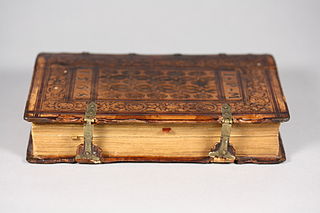 W
WA book clasp is a leather or metal element attached to the medieval and early modern book covers, used to protect the book from the penetration of dust and light.
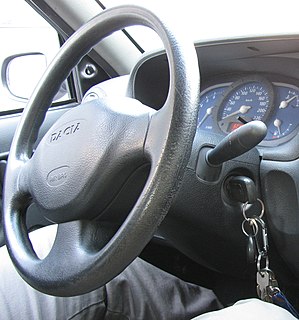 W
WA car key or an automobile key is a key used to open and/or start an automobile. Modern key designs are usually symmetrical, and some use grooves on both sides, rather than a cut edge, to actuate the lock. It has multiple uses for the automobile with which it was sold. A car key can open the doors, as well as start the ignition, open the glove compartment and also open the trunk (boot) of the car. Some cars come with an additional key known as a valet key that starts the ignition and opens the driver's side door, but prevents the valet from gaining access to valuables that are located in the trunk or the glove box. Some valet keys, particularly those to high-performance vehicles, go so far as to restrict the engine's power output to prevent joyriding. Recently, features such as coded immobilizers have been implemented in newer vehicles. More sophisticated systems make ignition dependent on electronic devices, rather than the mechanical keyswitch. A number of these systems, such as KeeLoq and Megamos Crypto have been demonstrated to be weak and vulnerable to cryptanalytic attacks.
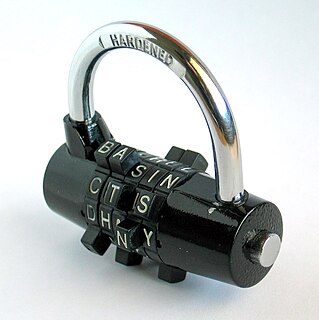 W
WA combination lock is a type of locking device in which a sequence of symbols, usually numbers, is used to open the lock. The sequence may be entered using a single rotating dial which interacts with several discs or cams, by using a set of several rotating discs with inscribed symbols which directly interact with the locking mechanism, or through an electronic or mechanical keypad. Types range from inexpensive three-digit luggage locks to high-security safes. Unlike ordinary padlocks, combination locks do not use keys.
 W
WA dead bolt, deadbolt or dead lock is a locking mechanism distinct from a spring bolt lock because a deadbolt cannot be moved to the open position except by rotating the key. The more common spring bolt lock uses a spring to hold the bolt in place, allowing retraction by applying force to the bolt itself. A deadbolt can therefore make a door more resistant to entry without the correct key.
 W
WA disc tumbler lock is a lock composed of slotted rotating detainer discs. The lock was invented by Finnish founder of Abloy, Emil Henriksson (1886–1959) in 1907 and first manufactured under the Abloy brand in 1918.
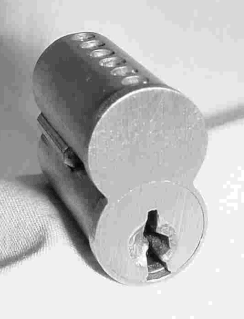 W
WAn interchangeable core or IC is an adaptable locking key cylinder. Unlike a standard key cylinder, which is accessible for combinating only via locking device disassembly, an interchangeable mechanism relies upon a specialized "control" key for insertion and extraction of the essential combinating components. "Small format" interchangeable cores are in a figure-eight shape that is standard among lock manufacturers. "Large format" interchangeable cores are of varying sizes. Interchangeable cores can be extracted from one lock type and then installed into another without requiring the removal or disassembly of any single component. These units are readily adapted for master keying systems and can be set up with spare cores and keys for quick replacement when security is compromised, such as when a key is lost or stolen or when a personnel change takes place. Extracted cores can then be recombinated without urgency and placed back into maintenance storage for future use.
 W
WA combination lock is a type of locking device in which a sequence of symbols, usually numbers, is used to open the lock. The sequence may be entered using a single rotating dial which interacts with several discs or cams, by using a set of several rotating discs with inscribed symbols which directly interact with the locking mechanism, or through an electronic or mechanical keypad. Types range from inexpensive three-digit luggage locks to high-security safes. Unlike ordinary padlocks, combination locks do not use keys.
 W
WA jamb, in architecture, is the side-post or lining of a doorway or other aperture. The jambs of a window outside the frame are called “reveals.” Small shafts to doors and windows with caps and bases are known as “jamb-shafts”; when in the inside arris of the jamb of a window they are sometimes called "scoinsons."
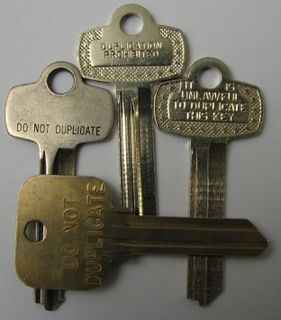 W
WA key blank is a key that has not been cut to a specific bitting. The blank has a specific cross-sectional profile to match the keyway in a corresponding lock cylinder. Key blanks can be stamped with a manufacturer name, end-user logo or with a phrase, the most commonly seen being 'Do not duplicate'. Blanks are typically stocked by locksmiths for duplicating keys. The profile of the key bow, or the large, flat end, is often characteristic of an individual manufacturer.
 W
WKey duplication refers to the process of creating a key (lock) based on an existing key. Key cutting is the primary method of key duplication: a flat key is fitted into a vise in a machine, with a blank attached to a parallel vise, and the original key is moved along a guide, while the blank is moved against a wheel, which cuts it. After cutting, the new key is deburred: scrubbed with a metal brush to remove burrs which, were they not removed, would be dangerously sharp and, further, foul locks.
 W
WIn master locksmithing, key relevance is the measurable difference between an original key and a copy made of that key, either from a wax impression or directly from the original, and how similar the two keys are in size and shape. It can also refer to the measurable difference between a key and the size required to fit and operate the keyway of its paired lock.
 W
WA key retainer device (KRD) is a small metal unit that is wall or door mounted, usually designed for the interchangeable core that retains one key while the second key is used for authorized purposes. When the key in use is returned into the key retainer, the key held captive is turned and then can be released. Now, the special key, perhaps top master is held captive again. The key retainer is a method for providing visual key control.
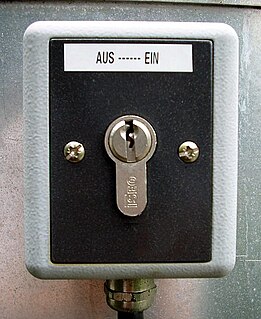 W
WA key switch is a switch that can be activated only by the use of a key. They are usually used in situations where access needs to be restricted to the switch's functions.
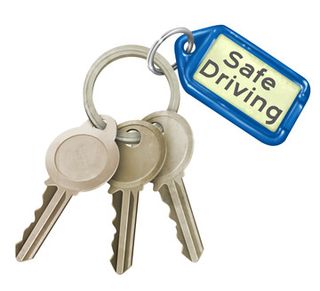 W
WA keychain is a small ring or chain of metal to which several keys can be attached. The length of a keychain allows an item to be used more easily than if connected directly to a keyring. Some keychains allow one or both ends the ability to rotate, keeping the keychain from becoming twisted, while the item is being used.
 W
WA keyhole is a hole or aperture for receiving a key. Lock keyway shapes vary widely with lock manufacturer, and many manufacturers have a number of unique profiles requiring a specifically milled key blank to engage the lock's tumblers.
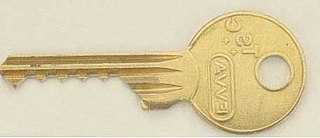 W
WLock bumping is a lock picking technique for opening a pin tumbler lock using a specially crafted bump key, rapping key or a 999 key. A bump key must correspond to the target lock in order to function correctly.
 W
WLock picking is the practice of unlocking a lock by manipulating the components of the lock device without the original key.
 W
WLocksport is the sport or recreation of defeating locking systems. Its enthusiasts learn a variety of skills including lock picking, lock bumping, and a variety of other skills traditionally known only to locksmiths and other security professionals. Locksport followers enjoy the challenge and excitement of learning to defeat all forms of locks, and often gather together in sport groups to share knowledge, exchange ideas, and participate in a variety of recreational activities and contests.
 W
WA magnetic keyed lock or magnetic-coded lock is a locking mechanism whereby the key utilizes magnets as part of the locking and unlocking mechanism. Magnetic-coded locks encompass knob locks, cylinder locks, lever locks, and deadbolt locks as well as applications in other security devices.
 W
WSafe-cracking is the process of opening a safe without either the combination or the key.
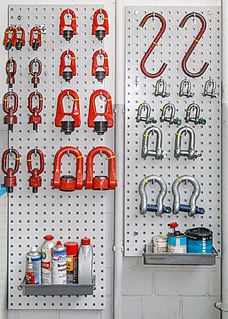 W
WA shackle, also known as a gyve, is a U-shaped piece of metal secured with a clevis pin or bolt across the opening, or a hinged metal loop secured with a quick-release locking pin mechanism. The term also applies to handcuffs and other similarly conceived restraint devices that function in a similar manner. Shackles are the primary connecting link in all manner of rigging systems, from boats and ships to industrial crane rigging, as they allow different rigging subsets to be connected or disconnected quickly. A shackle is also the similarly shaped piece of metal used with a locking mechanism in padlocks. A carabiner is a type of shackle used in mountaineering.
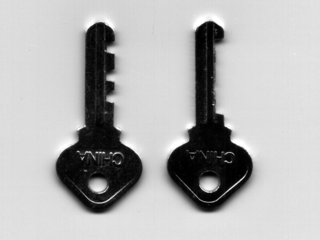 W
WA skeleton key is a type of master key in which the serrated edge has been removed in such a way that it can open numerous locks, most commonly the warded lock. The term derives from the fact that the key has been reduced to its essential parts.
 W
WA snap gun, also known as lock pick gun, pick gun, or electric lock pick, is a tool that can be used to open a mechanical pin tumbler lock without using the key. A steel rod is inserted into the lock and the snap gun briefly fires the rod against all of the lock pins simultaneously, momentarily freeing the cylinder and enabling it to be turned using a tension wrench. The snap gun is an alternative to a conventional lockpick, which requires other techniques such as raking to free the pins.
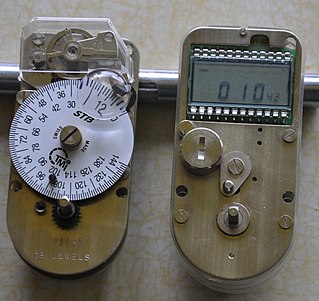 W
WA time lock is a part of a locking mechanism commonly found in bank vaults and other high-security containers. The time lock is a timer designed to prevent the opening of the safe or vault until it reaches the preset time, even if the correct lock combination(s) are known.
 W
WThe Yale-Cady Octagon House and Yale Lock Factory Site is a private residence at 7550 North Main Street in Newport, New York, comprising an historic octagonal house and the adjoining site of the lock factory of Linus Yale, Sr. and his son Linus Yale, Jr., the inventor of the cylinder lock and the founders of the Yale Lock company. Linus Yale, Sr., built the house in 1849 as a gift for his daughter, Chlothilda, who had married Ira L. Cady on July 8, 1839. Currently, the house is a private residence and the Yale Lock Factory is in ruins.
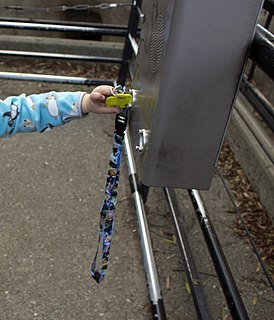 W
WA zoo key is a large novelty key used to activate talking storybooks at American zoos. These were used by various zoos, largely in the latter half of the 20th century, as part of a system which played audio recordings describing exhibits. The keys were typically made from brightly colored plastic in the shape of animals, although some zoos issued the keys in non-animal shapes.